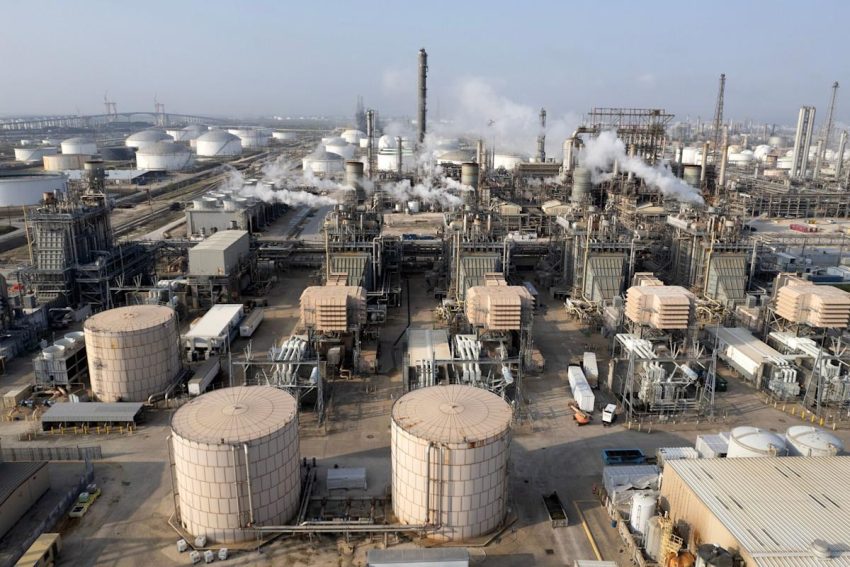As US equity markets recovered and peace negotiations between Russia and Ukraine faltered, oil ended a seven-week losing streak, lowering hopes that Moscow’s petroleum will soon be available again. A decline in the value of the dollar and an increase in US stocks helped West Texas Intermediate rise about 1% to close above $67 a barrel. Brent rose and ended the day below $71. It is unclear how quickly a ceasefire may be reached after Ukrainian troops in the Kursk region resisted Russian President Vladimir Putin’s request that they lay down their weapons. US crude just avoided an eighth consecutive weekly fall, which would have been its longest losing run since 2015. Instead, it managed to squeeze out a 0.2% weekly gain.
Since mid-January, US President Donald Trump’s attacks on the nation’s main trading partners have caused crude prices to rise, increasing the likelihood of slowing economic growth and declining oil consumption. Expectations for long-term inflation increased by the most since 1993, indicating a dire outlook for future energy use. Prior to reversing the gains, US crude had risen as much as 1.4% after the White House placed penalties on Iran’s oil minister and other businesses and ships that the OPEC member employed, as well as limiting payment alternatives for Russian energy. However, macroeconomic risk and the ceasefire talks between Russia and Ukraine are currently capturing traders’ interest, according to Rebecca Babin, senior energy trader at CIBC Private Wealth Group.
Babin stated that the market is less responsive to the current stories because the sanctions developments are “all just words until they’re enforced.” The possible resurgence of Russian barrels coincides with forecasts that the market is already on the verge of oversupply. The IEA predicts that as OPEC+ is boosting output and a growing trade war puts pressure on demand, the global supply glut will only become worse.

